Yoga is gaining popularity all over the world as it has been found useful in various widespread medical conditions including obesity, hypertension and diabetes.
Diabetes occur when body stops producing insulin or receptors stop responding to insulin. In the second case, however, exercise might have a positive effect where body starts responding to insulin. This would help in reduction of glucose levels in blood, hence improving the symptoms. Exercise also improves blood circulation in the body, especially in the limbs which are more predisposed to the problems. Some of the yoga exercises are particularly excellent in improving diabetes. These yoga exercises also help fight tension, both at the levels of mind and the body. Some exercises help in diabetes by either lowering blood pressure or reducing weight loss, both of which are known to worsen the diabetes.
Following are some of the yoga exercises that benefit diabetes patients.
Pranayam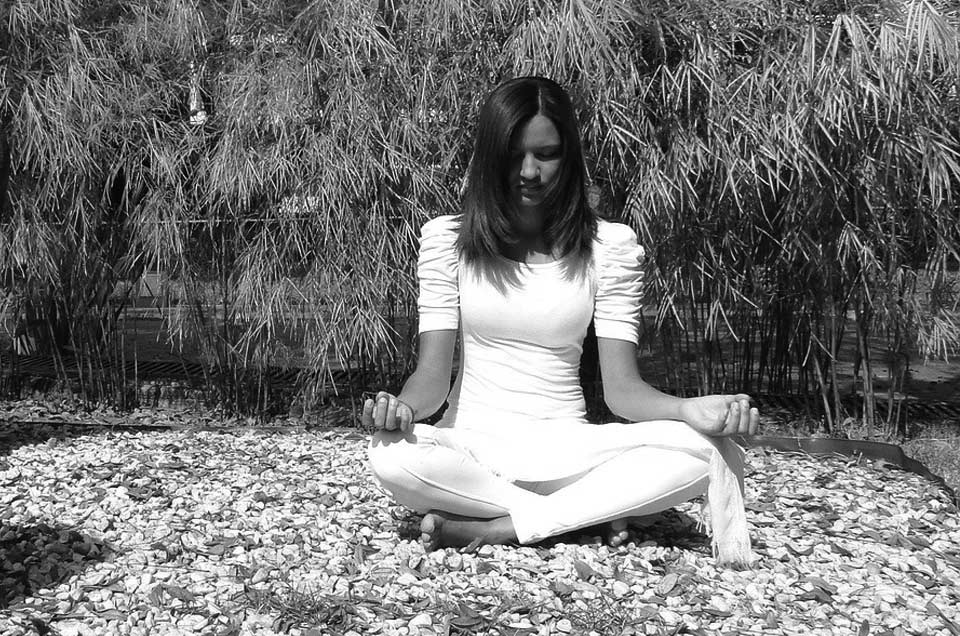
It comprises of breathing in and breathing out that improves blood oxygenation and circulation. Pranayama also soothes the mind, giving it the rest it needs.
- Sit on the yoga mat on the floor.
- Sit in padamasana or cross legged
- Straighten the back keeping the chin horizontal
- Place the hands on knees, palm facing upwards
- Close the eyes
- Take a deep breath and hold for five seconds
- Slowly exhale
- Repeat ten times
- Rub the palms together to make them warm and place them on the eyes
- Open your eyes
Setubandhasana
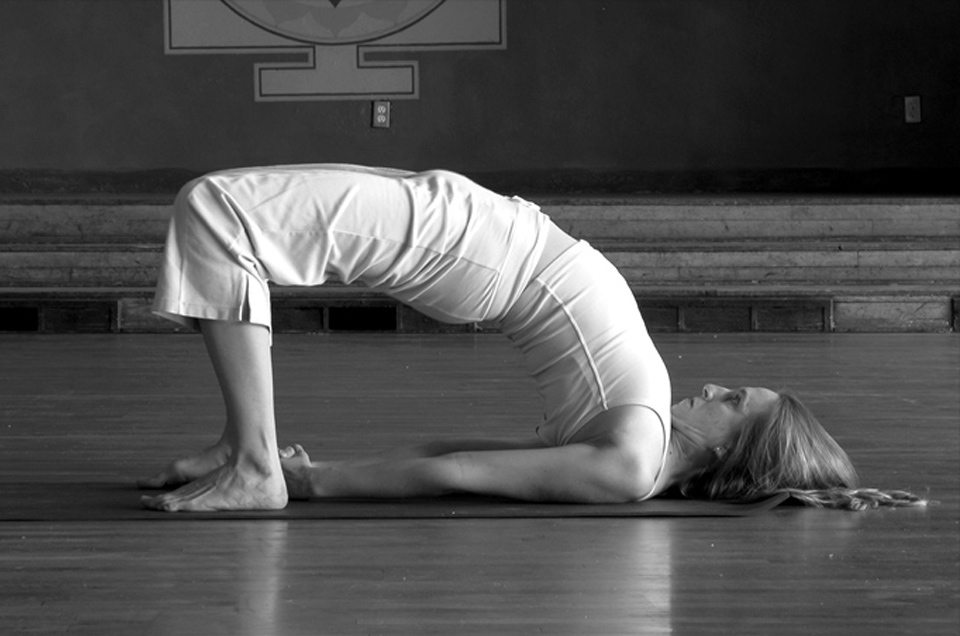
This yoga lowers blood pressure to optimum levels, soothes mind, stretches neck and spine, and improves digestion. It also relieves the menopausal symptoms in women.
- Lay flat on yoga mat, keep feet flat on the floor
- Exhale & push yourself up by putting force through feet
- Now keep raising your body upwards so that neck and head are leveled on floor while rest of the body in air. Use your hands to support yourself in pushing up.
Note: Don’t overdo yourself as that can be injurious. Also, don’t do this yoga if you’ve a neck or back injury.
Balasana
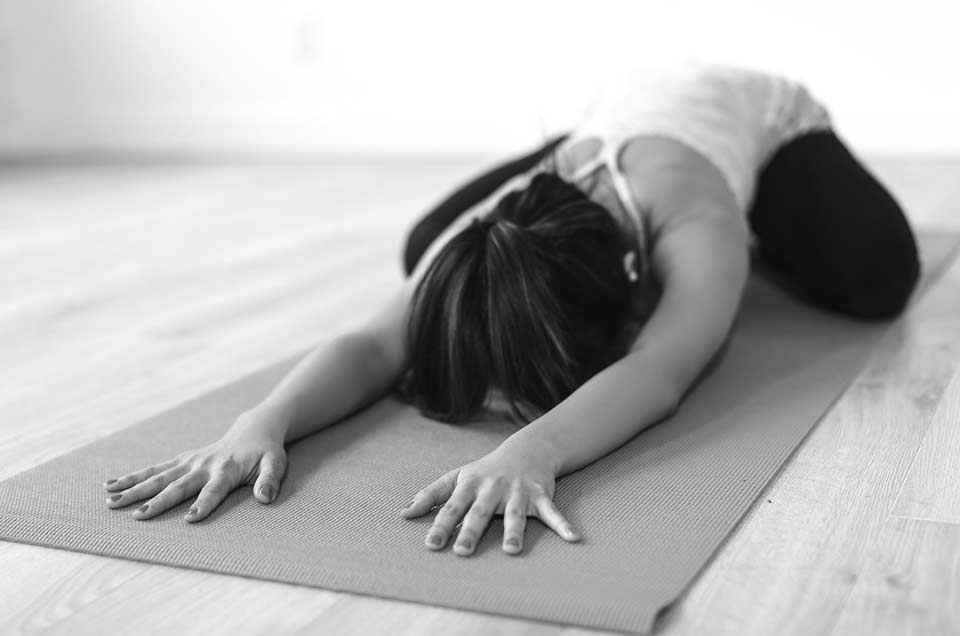
It’s also known as ‘child’s pose’ and act as a fatigue and stress buster. It also helps in lower back pain.
- Sit on floor with weight on the knees
- Next flatten the feet and sit on heels
- Spread the thigh a bit
- Exhale & bend forward at the waist
- Your stomach should rest on the thighs, then extend the back
- Stretch the arms in front of yourself elongating your back. The forehead can also be rested on the floor
- Stay in the pose between five seconds to three minutes. Breath at normal speed.
Note: Don’t overexert yourself the first time. Let the flexibility develop before you can fully master it. Avoid in pregnancy, knee injuries, diarrhea.
Vajrasana
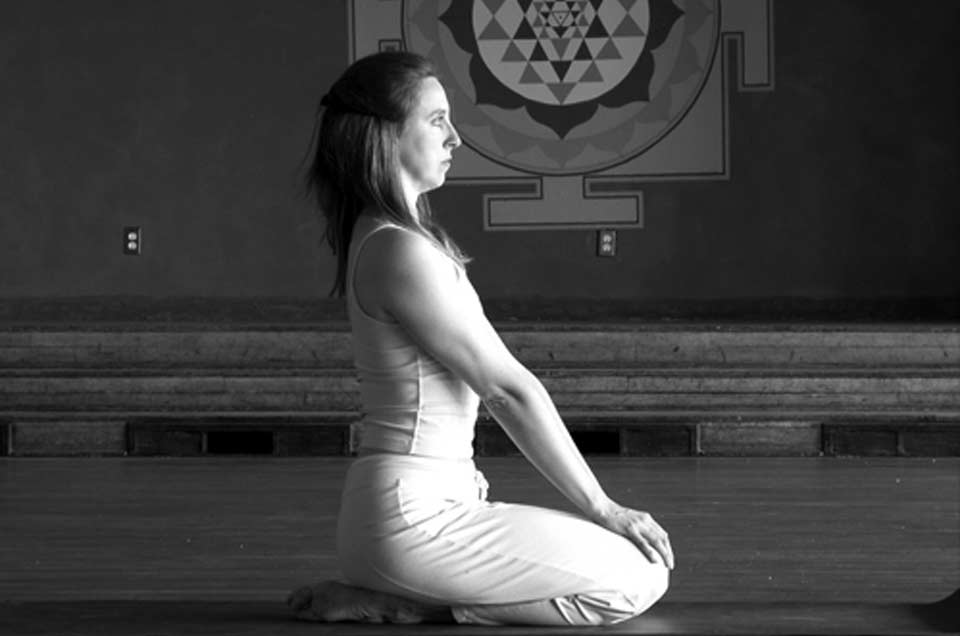
This yoga relaxes mind, and improves digestion. It also massages kanda (a spot about 12 inches above anus where over 72000 nerves converges).
- Kneel on the yoga mat. The dorsum of feet should touch the mat and heel point upwards.
- Rest your hips on the heels, each side resting on the respective side of the anus
- Place both the palms on knees, let them face downwards
- Close the eyes and take deep breaths at steady rate
Sarvangasana
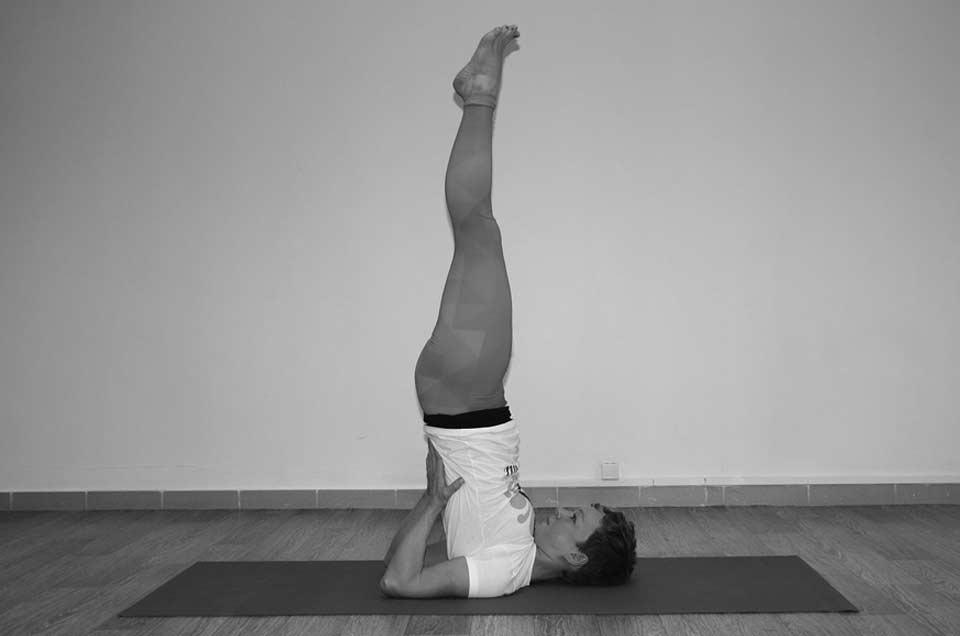
This yoga helps regulating thyroid glands. It also improves blood circulation and oxygenation on spine, thus improvement in nervous system disorders.
- Lay on yoga mat and extend legs outwards
- Raise the legs slowly. You can either fold them at the knees first or raise them straightaway
- Place the palms along the back and hips to support
- Rise the body until the entire weight is at the shoulders. Breathe slowly and touch your chin to the chest
- The elbows should touch the floor, while back supported
- Keep in this position for as long as possible
- To return to normal position, lower the body slowly. Avoid falling back
Note: Avoid this yoga in neck or spinal injuries. Also do it only under supervision if you suffer from high blood pressure
Halasana
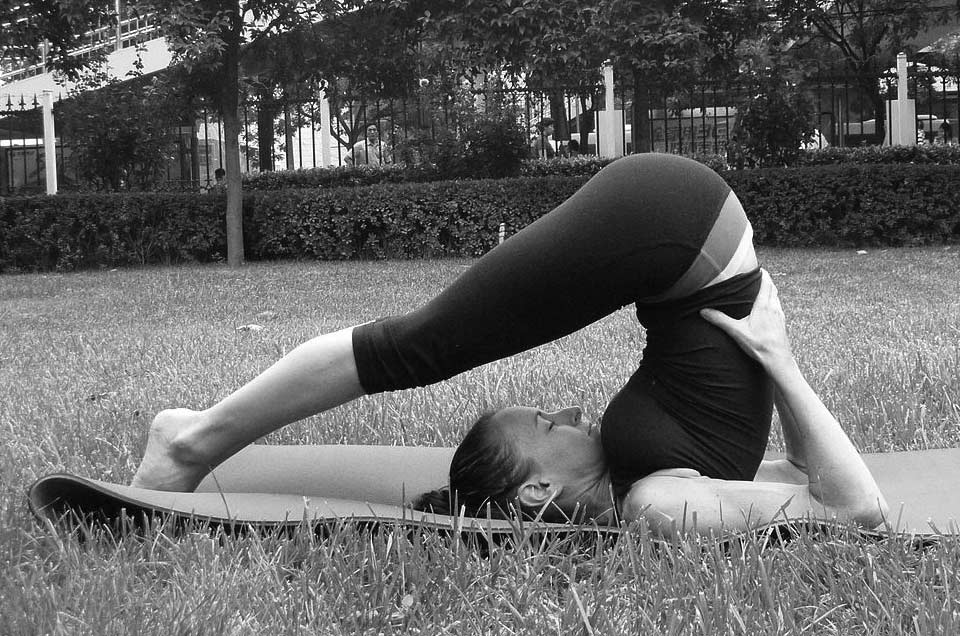
It’s a good yoga for people who are required to sit for long hours. It stimulates parathyroid glands, thyroid glands, abdominal organs and lungs.
- Lay on floor, feet stretched out
- Position the arms by the side
- Bend the knees such that feet become flat on floor
- Raise the legs from hips
- Place hands on hips for support
- Bend the legs at hips and attempt to touch floor with toes
- Straighten out the hands and keep them flat on the floor
- Exhale out while going up
- Return to normal position slowly while breathing in
Note: Avoid in spleen or liver disorders, diarrhea, hypertension, menstruation, or neck injuries
Dhanurasana
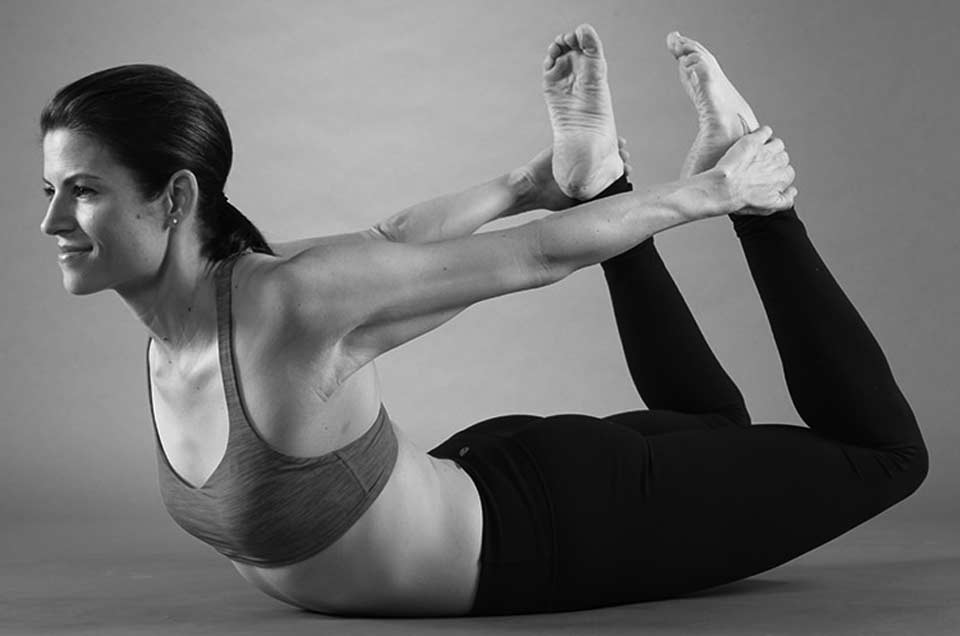
This yoga stimulates reproductive organs, fights fatigue and stress, strengthens spine and back, provide relief in menstrual pain and constipation.
- Lay on stomach keeping feet apart by the hip’s width and arms on side of body
- Fold the knees and hold the ankles in your hand
- Inhale in and raise the chest above the ground
- Pull the legs and back upwards
- Keep the pose for 15-20 seconds while taking long deep breaths
- Exhale out while slowly returning back to the normal
Note: Avoid in low or high blood pressure, neck injuries, hernia, lower back pain, migraine, headache, pregnancy, or recent abdominal surgery
Chakrasana
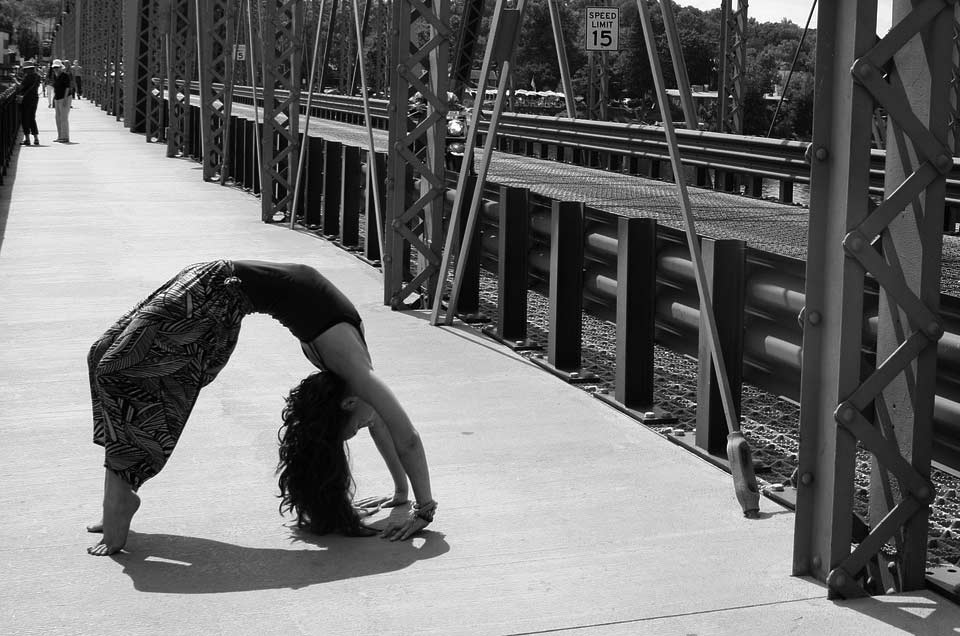
This yoga stretches spine and relaxes back muscles. It also relaxes mind, and fights stress.
- Lay on the floor with hands on side
- Bend at knees bringing heels closer to the hips. Keep heels about 1 foot apart
- Raise the hands and take them backwards close to the ears. Position the palms on floor keeping the fingers pointed towards shoulders.
- Lift the body upwards with help of palm and feet
- Turn the head a little and looking at the floor
- Stretch the thighs & shoulders. Your body should now be in an arch.
- Keep the pose for as long as possible
- Release the pose slowly in the reverse manner.
Note: Avoid this posture if you have any spinal injuries, cardiac problems, high blood pressure recent surgeries or vertigo.
